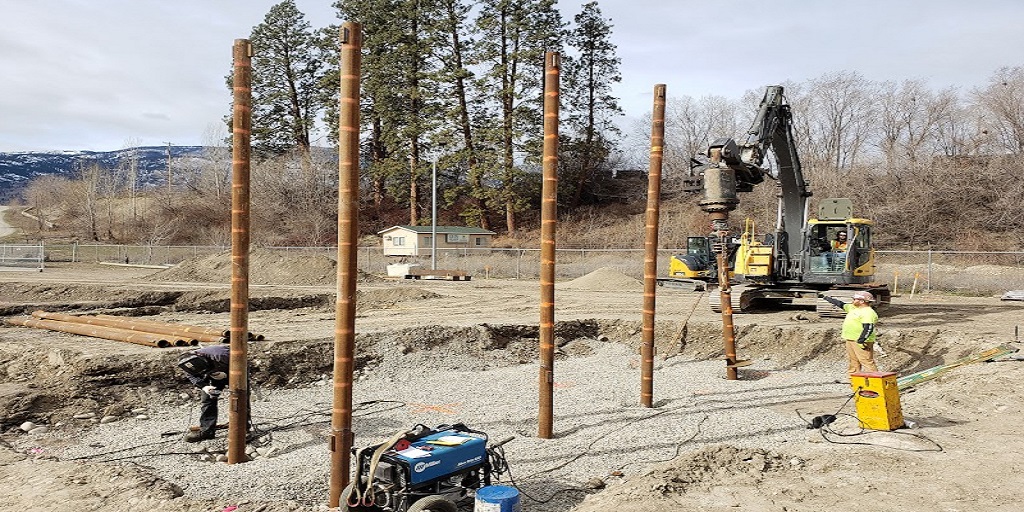
In the ever-evolving world of construction and geotechnical engineering, innovation continues to drive improvements in efficiency, sustainability, and safety. One emerging concept that has gained attention is the integration of smart technology into foundational elements. Specifically, could helical piles be equipped with sensors to provide real-time data on ground conditions, structural stability, and load performance? The idea presents intriguing possibilities for the future of foundation engineering, particularly in regions where soil conditions can be unpredictable.
The Role of Sensors in Construction
From bridges and high-rise buildings to tunnels and dams, real-time monitoring has proven invaluable in preventing structural issues before they escalate. Incorporating sensors into helical piles could offer similar benefits, providing continuous data on settlement, load distribution, and environmental influences.
One of the primary advantages of equipping BC helical piles with sensors is the ability to monitor performance in real time. This could be particularly useful in areas prone to soil movement, seismic activity, or extreme weather conditions. Engineers would have access to live data, allowing them to assess any shifts in foundation stability and take corrective action when necessary.
Potential Benefits of Sensor-Enabled Helical Piles
Sensors are increasingly being used in construction to monitor structural integrity, detect potential failures, and improve overall safety.
- Enhanced structural safety. By continuously monitoring load-bearing capacity and movement, sensor-equipped helical piles could detect early warning signs of foundation instability, reducing the risk of structural failure.
- Improved maintenance and longevity. Traditional foundations are often inspected at scheduled intervals, but potential issues may go unnoticed between inspections. With embedded sensors, engineers can track performance in real time, making it easier to identify maintenance needs before they become critical.
- Cost savings. Early detection of foundation issues can prevent costly repairs and replacements. Additionally, real-time data could reduce the need for frequent manual inspections, saving both time and labor costs.
- Optimized design and performance. Engineers could use collected data to refine foundation design for future projects, ensuring better efficiency and reliability based on real-world conditions.
- Environmental monitoring. Sensors could also help track environmental changes, such as groundwater levels, temperature fluctuations, and soil conditions, providing valuable data for sustainable construction practices.
Challenges and Considerations
While the concept of sensor-enabled helical piles presents many benefits, there are challenges that must be addressed before widespread adoption.
- Cost and feasibility. Adding sensors to BC helical piles would increase initial costs. However, these costs could be justified by long-term savings in maintenance and improved structural performance.
- Durability and power supply. Sensors need to withstand harsh environmental conditions, including moisture, soil pressure, and temperature fluctuations. Ensuring long-term functionality without frequent replacements or recalibration would be crucial.
- Data management. Collecting and interpreting large amounts of real-time data requires robust software and analytical tools. Engineers and construction firms would need the right systems in place to make effective use of this information.
The Future of Smart Foundations
As technology advances, integrating sensors into foundation systems may become more common. Smart helical piles could transform how foundations are monitored and maintained, leading to safer and more resilient structures. While further research and development are needed to refine this concept, the potential benefits make it an exciting avenue for future exploration.
With the increasing use of BC helical piles in various projects, the possibility of enhancing them with smart technology could be a game-changer for foundation engineering. As the industry continues to innovate, embracing sensor-enabled foundations may soon become the new standard for ensuring long-term structural integrity and efficiency.


